At this point, there’s no denying 2020 changed the entertainment industry, though to what extent is yet to be determined.
However, while there are plenty of questions about what comes next for both filmmakers and viewers alike, one truth remains completely untouched: the need to build upon popular IPs is as vital as ever. While comic books and long-standing film and television series continue to act as a never-ending source of inspiration for creators, it’s hard to ignore just how many upcoming films and televisions are based on video games–especially when you consider their reputation for disaster that stretches as far back as 1993’s Super Mario Bros. So, what’s changed to restore faith in the appeal of video game based movies and television series? Everything, really.
Over time, the public’s perception of video games as a whole has steadily improved. Despite several industries reporting massive losses in 2020, the games industry reportedly grew 12%, reaching a total revenue of nearly $140 billion during the pandemic.
More people are playing, more people are watching others play, and the amount of folks doing the playing and watching is growing and diversifying dramatically. According to a TechJury article from earlier this year, one-third of the global population now plays video games, with 65% of American adults playing daily. The average age at which people are playing games is also climbing higher as more and more adults and seniors begin to pick up the controller. We’re also seeing a steady rise in women who play games, who now account for nearly half of all players.
All these numbers, alongside growing recognition from Hollywood (see Keanu Reeves starring in the Cyberpunk 2077 and Christopher Nolan presenting an award at The Game Awards) have led to a greater appreciation of the medium on a larger scale. It comes as no surprise then that filmmakers have taken notice of the games industry’s growing impact and are growing more and more interested in reinvigorating game-based films. But what about the curse you say? Well, slowly but surely, it appears the spell might just be lifting.
In the mid to late 2000s, a small boom in video game-based films did not result in an increase in happy movie-goers. When averaging the scores of eight of the most notable game-based films from 2005-2012—films such as Doom, BloodRayne, Max Payne, and Prince of Persia: Sands of Time—the average Rotten Tomatoes audience approval score is 21%. Comparatively, the top game-based films from 2016-2021 (Monster Hunter, Tomb Raider, Assassin’s Creed, Sonic the Hedgehog, Warcraft, and Detective Pikachu), have an average audience approval score of 46%—over double what it was a decade ago. With this in mind, filmmakers are taking a chance–a pretty big one, as a matter of fact, and as of right now, there are more than thirty game-based movies and television shows in the works across several studios.
Unsurprisingly, one such studio is Netflix, which is proving to be a valuable ally to the cause of adapting games into successful movies and television shows. After a fantastic first season that quickly broke the record for the most-watched new series over at Netflix, The Witcher—a show based off the popular Polish games series—has been renewed for a second season coming later this year. In addition, Netflix is currently working on a live-action Assassin’s Creed series, a Mega Man movie, and anime based on Beyond Good and Evil, Splinter Cell, Tomb Raider, and Cyberpunk 2077–all popular video game series. However, the execs over at Netflix aren’t the only ones pushing hard to popularize game-based movies and propel them into critically-acclaimed status.
One of the more ambitious studios is Sony’s PlayStation Productions, which announced late last year that seven television shows and three movies based on Sony Interactive Entertainment titles are currently in the works. Presumably one of these films is the upcoming Uncharted movie, which features Spider-Man’s Tom Holland as treasure-hunter Nathan Drake and Mark Wahlberg as his affable father-figure Sully. The February 2022 film is being directed by Ruben Fleischer of Venom and Zombieland fame with a script by the team behind Transformers and Iron Man. The second Sony title confirmed to be getting a film adaption is Ghost of Tsushima, a massively popular 2020 game that follows samurai warrior Jin Sakai as he dismantles the violent occupation of his homeland. As of right now, no names are attached to the project.
The final PlayStation Productions title currently confirmed is a The Last of Us television show that’s headed over to HBO. The heart-breaking, post-apocalyptic series is to be directed by Craig Mazin, the director of HBO’s Chernobyl and stars two Game of Thrones veterans as the lead characters–Pedro Pascal as smuggler Joel, and Bella Ramsey as Ellie. According to The Hollywood Reporter, the series will cover all the events of the first game with possible additional content based on the game’s sequel, The Last of Us Part II. If this already seems like a lot of content, brace yourself.
As of right now, Ubisoft Film and Television is right behind Sony and has six films based on games in the works. Perhaps most noteworthy as of right now are Tom Clancy’s The Division, and Ghost Recon, both of which already have some pretty big names attached to the project. The Division will be directed by David Leitich–the director behind Atomic Blonde, Deadpool 2, and Hobbs and Shaw–and star Jake Gyllenhaal and Jessica Chastain as its two leads. Ghost Recon, another Tom Clancy game, will be directed by none other than Michael Bay.
Also at it are Warner Bros. Pictures, Universal, and Lionsgate Films, which each have several projects of their own. Warner Bros. currently has their hands full preparing for the upcoming Mortal Kombat movie releasing on April 16, while also working on a Detective Pikachu sequel and a Minecraft movie scheduled for release in March 2022. Universal is hard at work on pre-production for a Gears of War film, as well as Just Cause, an action film which is to be directed by Michael Dowse and star Jason Momoa and Brad Peyton. At Lionsgate, a movie based on the comedic looter-shooter series Borderlands is in production with director Eli Roth at the helm and Cate Blanchet, Jamie Lee Curtis, Haley Bennett, Jack Black, and Kevin Hart set to star.
If that’s not enough to sate you, sequels are in the works for both Alicia Vikander’s Tomb Raider movie as well as last year’s Sonic the Hedgehog, while the Resident Evil series is rumored to be getting a reboot here soon, and both Halo and Fallout television series are coming to Paramount+ and Amazon Prime respectively. It’s also extremely worth mentioning that Oscar Isaac is set to star in an upcoming adaptation of Hideo Kojima’s Metal Gear Solid while Donnie Yen has confirmed he is already preparing for his role in the upcoming Sleeping Dogs movie, meaning we have two more potentially fantastic action movies ahead of us — and with the rate these films based on popular video games are being picked up, more will soon follow.
There’s a running joke among folks in both the games industry and games media that pokes fun at the query, “are games art?”
The joke exists because unfortunately, at one point, the artistic merit of video games was something that was fiercely debated. Because at one point, video games were the new, contentious medium, and were put in the position of having to defend their significance to folks wary of them. However, as time progresses, and as we witness the countless stories told through games transcend their own medium, it seems we’re reaching a greater understanding of just how important video games are. Last year, the games industry grew because it provided us a way of connecting when we had none. Through games, we were given not only a way to pass the time, but a way to fall in love with characters and stories unlike any we’ve ever experienced. It’s safe to say this growing love of gaming has led to a desire to experience them in new forms, and a content revolution that will shape entertainment culture for some time. While so much in life remains uncertain, I think it’s safe to say games and their growing influence are here to stay.
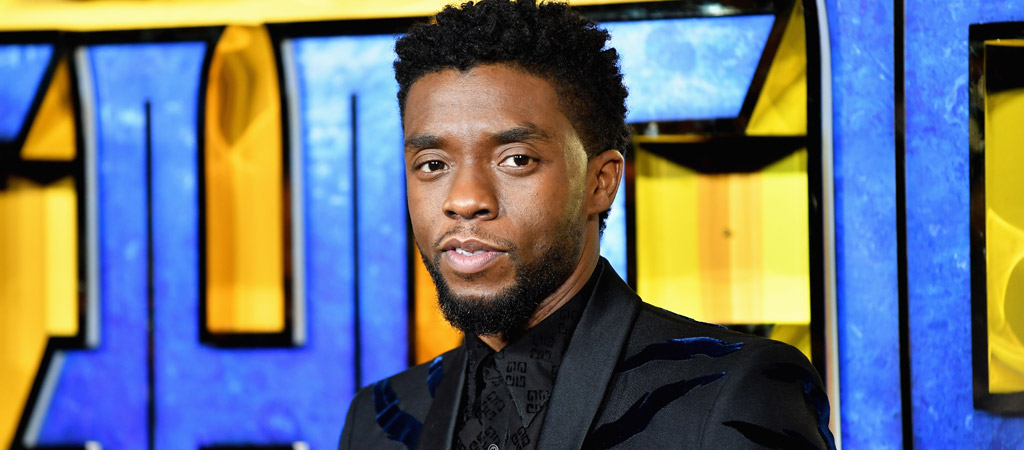

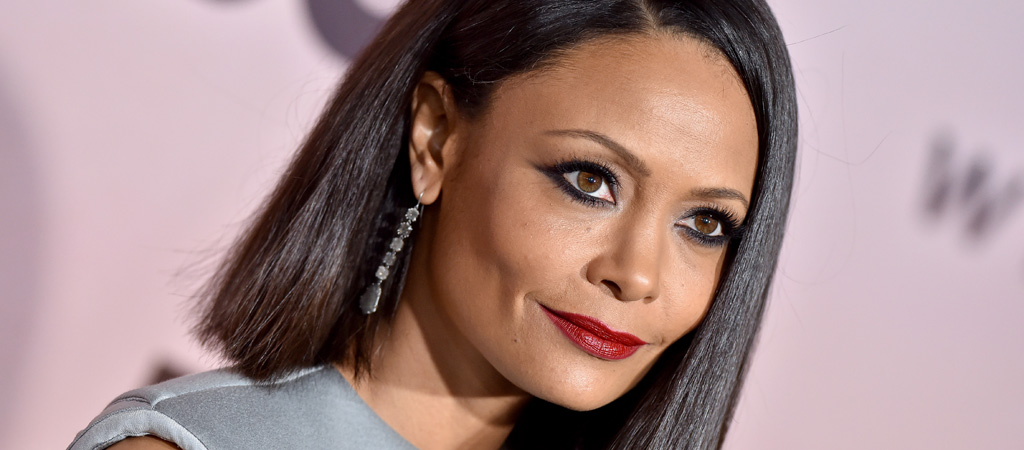
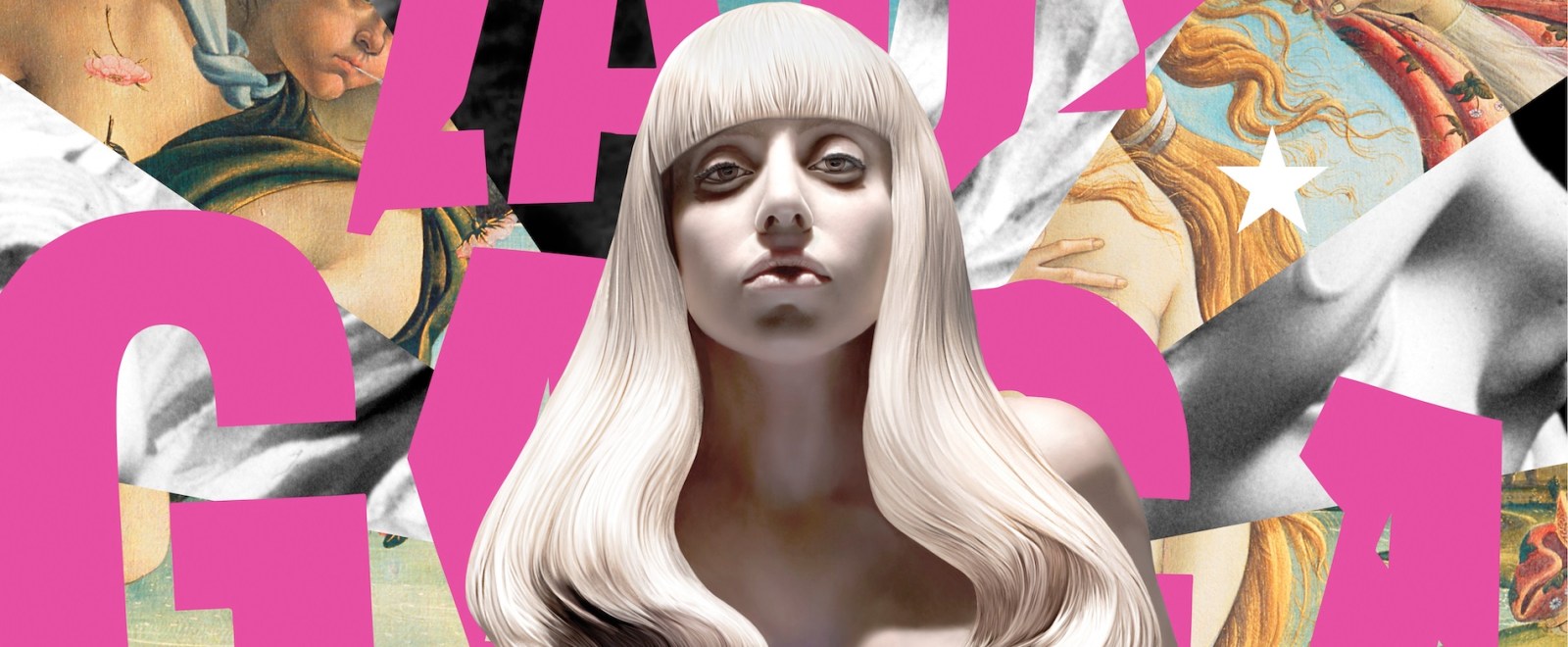
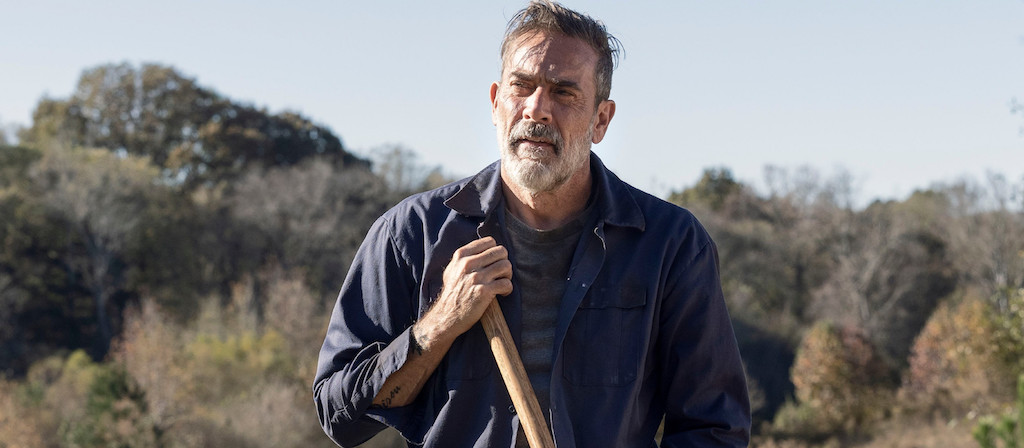
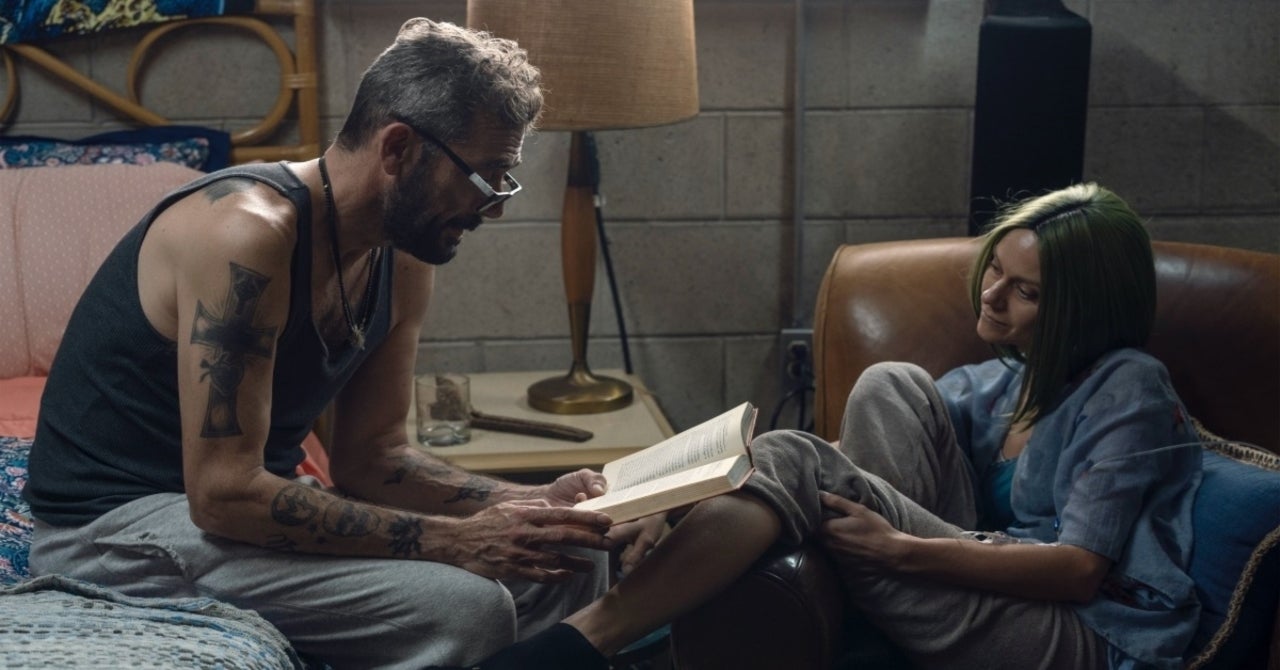
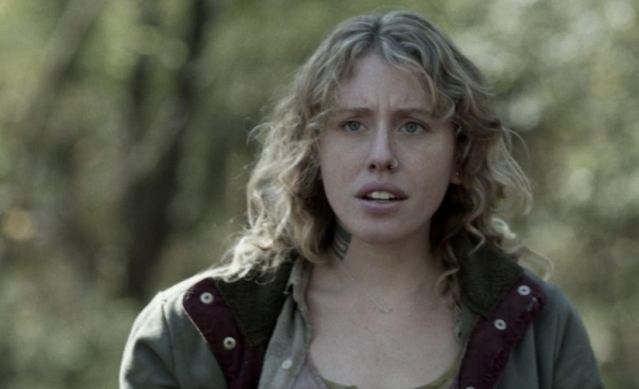

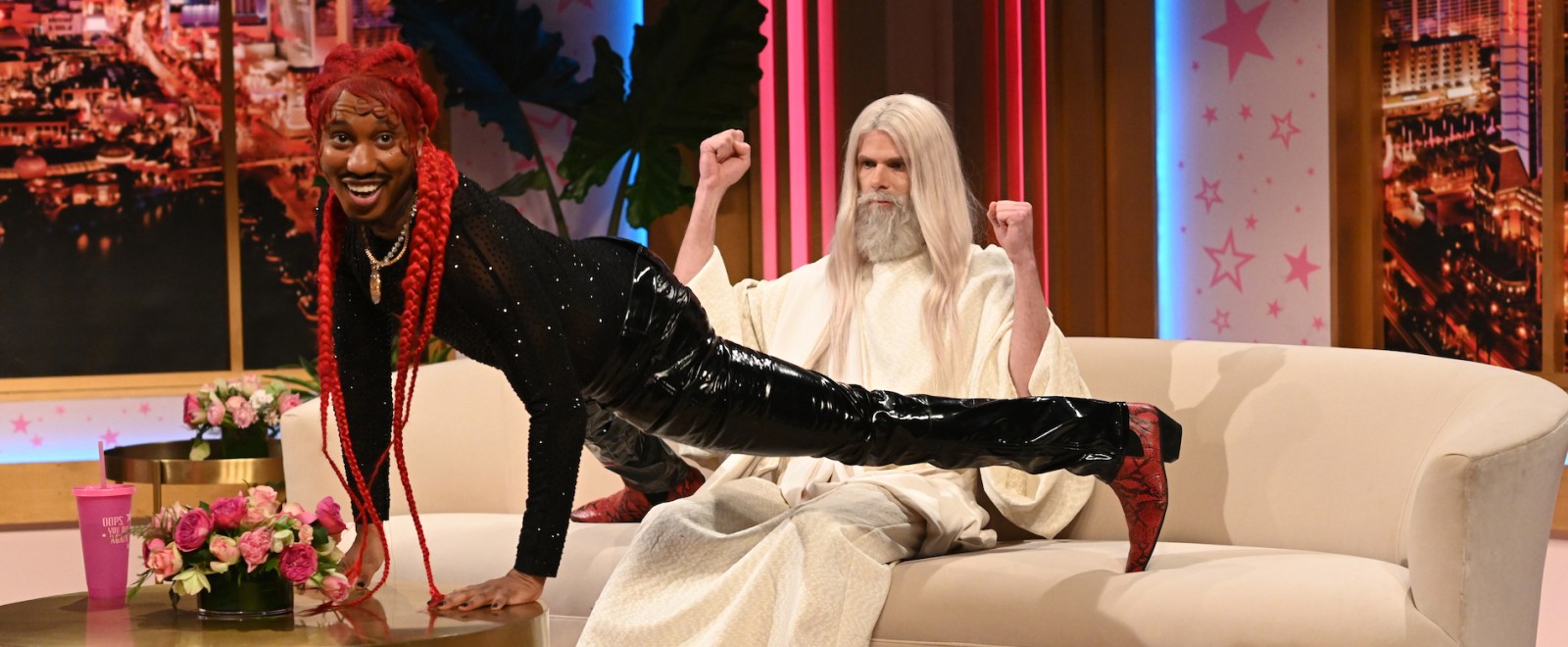
 (@LilNasX)
(@LilNasX) 
